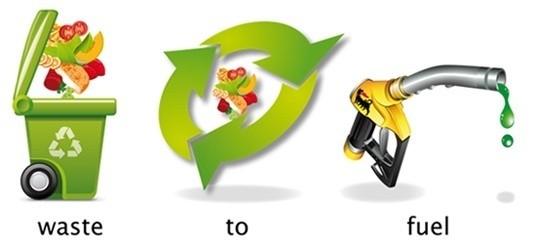What is Waste To Energy Technology?
The Environmental Protection Agency defines waste to energy technology as, “The conversion of non-recyclable waste materials into useable heat, electricity, or fuel through a variety of processes, including combustion, gasification, pyrolization, anaerobic digestion, and landfill gas (LFG) recovery.”
Waste to energy technology dates back to 1874 when the first incinerator was built in Nottingham, England. There are several thermal and non-thermal methods for converting municipal solid waste in usable energy. Currently, Europe is the world leader in the use of these power-creating technologies.
Europe Embraces Waste to Energy Technology
“The use of municipal waste combustion for energy in the U.S. is not common,” writes Thomas Stringfellow and Robert Witherel in a 2014 article for RenewableEnergyWorld.com. “The nation had only 87 such facilities in 2007 and has added several more today, while Europe has more than 430 such facilities.”
Last year, Slate.com writer Daniel Gross visited Sweden and investigated the nation’s use of waste to energy technology. “In 2012, Sweden incinerated 2.27 million tons of household waste at the country’s 32 waste-to-energy plants,” Gross details. “Waste-to-energy, or WTE, is responsible for about 8.5 percent of the country’s electricity.”
Why Doesn’t the United States Embrace Waste to Energy Technology?
“Some 84 facilities in 23 states have a capacity of about 2,700 megawatts and deal with 96,000 tons of garbage each day,” Gross contines in his Slate.com article. “That’s a very small amount of the overall generation picture. For comparison’s sake, the U.S. in 2013 alone installed 4,751 megawatts of solar capacity, or nearly twice the amount of all existing WTE.”
Furthermore, the EPA shares on its website that no new waste to energy plants have been built in the United States for two decades.
Environmentalists prefer recycling or composting options for waste, rather than using it to create energy. Additionally, “The Natural Resources Defense Council says WTE [waste to energy technology] isn’t really renewable because it does ‘rely on dirty fossil fuel energy or create other pollution hazards during the process of energy extraction.’” (source)
How Can Waste to Energy Technology Help?
“The 86 facilities have the capacity to produce 2,720 megawatts of power per year by processing more than 28 million tons of waste per year,” the EPA details. “According to Municipal Solid Waste in the US: Facts and Figures, in 2011 we combusted about 29 million tons of MSW (about 12 percent) for energy recovery.”
Let’s get a little perspective on the 2,720 megawatts of power produced per year by waste to energy facilities in the United States. A single megawatt of energy generated using solar photovoltaics can power an average of 164 homes, according to the Solar Energy Industries Association.







